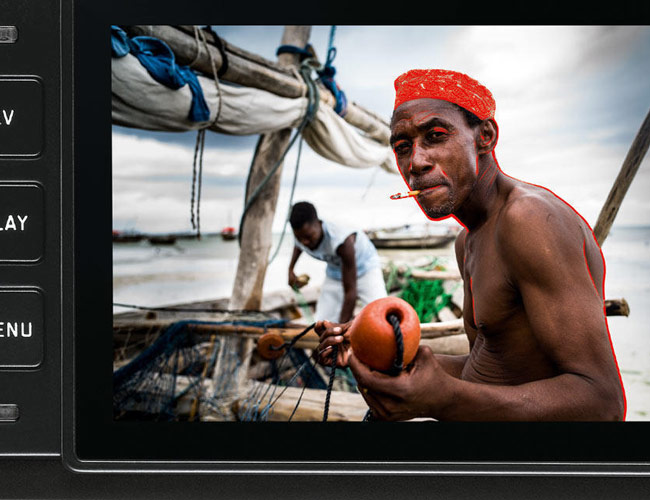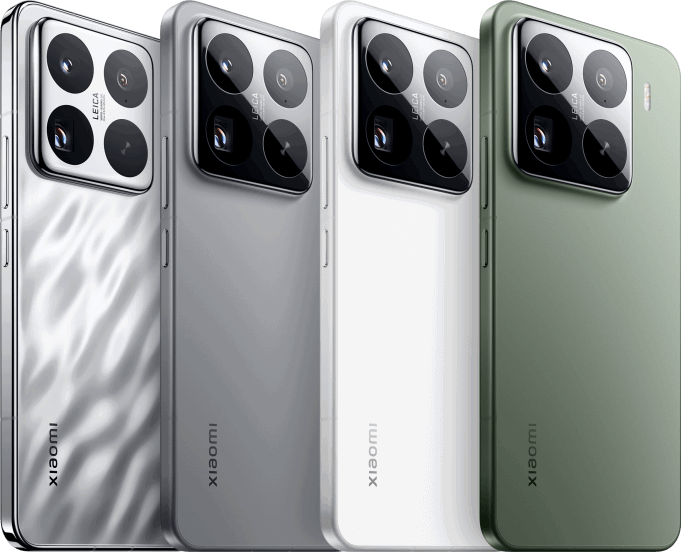All of the best smartphones today have one thing in common: they have excellent cameras. You can get lost in the DxOMark ratings, the industry standard for camera ratings, and gripe at the minutiae of why the Samsung Galaxy 9+ has a slightly better camera rating than the iPhone X, Google Pixel 2 and Samsung’s own Galaxy Note 8 — though they’re all stellar, to be fair. The Google Pixel 2 aside, all of these smartphones have dual camera systems, which are usually comprised of a standard or wide-angle lens and a telephoto lens, the latter of which being the key component to optical zoom.
Optical zoom means that the camera uses its own optics — or lenses — to magnify an image (as opposed to digitally magnifying the image). In any camera, the lens collects rays of light and projects them into the camera’s sensor. Where all those light rays come together, you get an in-focus image. An optical zoom lens works the same way as any other lens, except it has a system with moveable glass pieces that can shift around to give the lens different focal lengths. When you change the focal length it also changes the field of view of the image. When zoomed in, the field of view decreases and makes farther away things look bigger. And, generally, the more glass pieces inside, the more focal lengths and more zoom capabilities the lens has.
When you hit the shutter button to take a photo, the camera sensor captures those rays of light in pixels. No matter the focal length and therefore no matter the magnification, a digital camera with optical zoom is always going to capture the same number of pixels. All that’s different is the rays of light that the camera sensor captures.
When we’re talking about digital zoom, however, the camera doesn’t have a lens to do its magnification — it’s all done by software instead. The camera essentially takes a photo and then blows it up by digitally cropping the image over and over again, and then enlarging it back to size. Each time the camera digitally does this, it essentially doubles the size of the pixels. And since it does this over and over again, depending on the magnification (aka the focal length), the pixels — their color and detail — are going to get less and less accurate.
A camera with an optical zoom can get much closer to its subject without degradation of the image and capture significantly more detailed photos. In fact, it’s pretty much unanimous amongst all photographers that digital zoom is never going to give you the same level of image quality an optical zoom can.
Today’s smartphones have optical zoom capabilities, but it’s not the same as the optical zoom of point-and-shoot cameras or DSLRs. These smartphones, like the latest iPhone or Samsung smartphones, don’t have a lens with adjustable focal lengths and moving glass components; instead, they have a dual-lens camera system. The two lenses each have fixed focal lengths, meaning the smartphone actually has two different camera sensors. It’s not a true optical zoom lens because the smartphones use a combination of optical and digital zoom to reach maximum or in-between focal lengths. The one lens closes to the desired zoom takes the photo, and then digital zoom takes over to fill in the rest.
Robert Triggs of Android Authority explains it pretty well. “Looking at the iPhone 7 Plus, Apple has opted for one 28mm and one 56mm lens, offering up a 2x optical zoom potential,” he writes. “This means that we can capture close up shots with a 28mm 1x zoom, and then simply switch to the 56mm 2x zoom lens and capture pictures at greater distances without any loss in detail.” This combination of optical and digital zoom is how smartphone cameras are able to achieve various zoom levels, such as 1.2x, 1.3x or 1.5x.
The dual-camera system isn’t perfect because it still has to rely on digital zoom, which will probably never be as accurate as true optical zoom. However, it’s the best solution there is right now for smartphones. There are smartphone accessories that enable you to attach a true optical zoom lens, like the Hasselblad True Zoom mod for the Moto Z, but the dual camera solution is the best way to still be able to easily slip a smartphone into your pocket.
Further reading:
‘Dual camera optical zoom technology explained’ by Android Authority
‘Optical vs. Digital Zoom’ by Photoxels
Focus peaking helps photographers quickly determine where the focus of the shot is. Here’s how it works and what it can do for your photos. Read the Story




